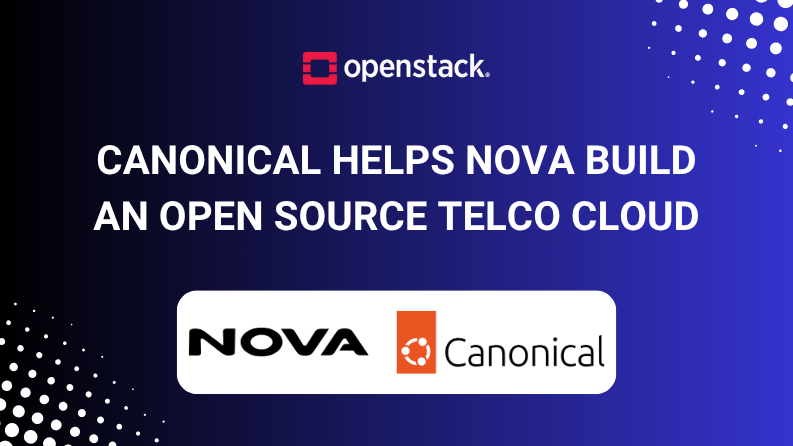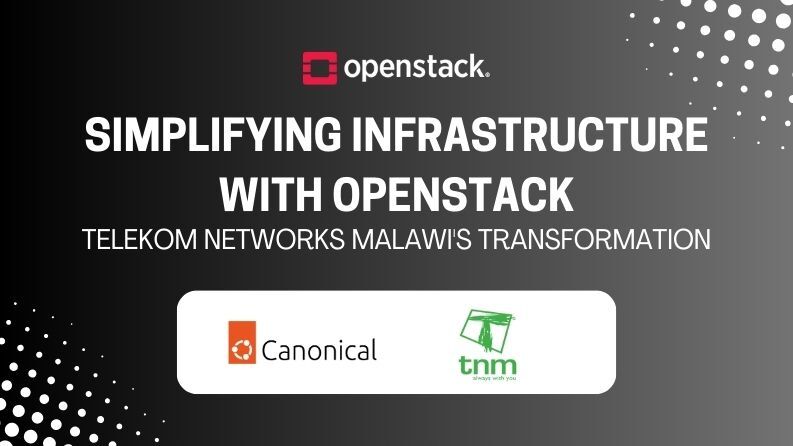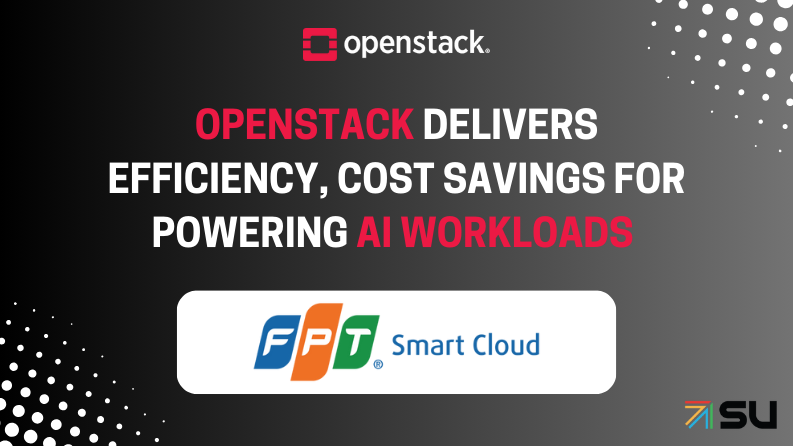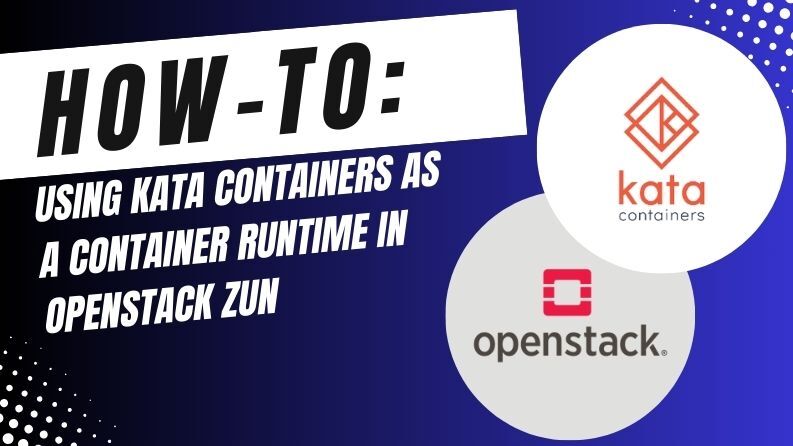As mobile network infrastructure evolves in line with a connected personal and business landscape, telecommunications providers are looking to open source to scale up their services cost-effectively. Nova, a leading telecommunications provider in Greece, was looking to level up its cloud infrastructure and maximize its efficiency. Its team worked with Canonical and chose open source to break down siloes, reduce costs, and ultimately deploy new connectivity solutions to their customers at increased speed.
The Challenge
Nova’s mission is to keep people and businesses connected – to each other, to online services, and to advances in areas like 5G and super fast internet. Nova’s infrastructure needed to handle workloads of increasing volume to accommodate a growing customer base, and adapt to increasingly sophisticated uses of the network.
However, Nova was using three separate clouds to deliver services, with two sourced from proprietary vendors, and one open source cloud provided by Canonical. This fragmentation presented barriers to Nova’s team, who were operating within three ecosystems, two of which were bound by the restrictions and costs of proprietary licensing.
The Solution
Nova had already seen how their open source cloud provided flexibility and cost-effectiveness, and decided to embark on a “lighthouse project” to test the use of open source at scale, and make a business base for adoption of a fully open source telco cloud.
Canonical put forward a proposal as part of a tendering process, comprising three key elements. Firstly, an iterative delivery roadmap that respected Nova’s need to minimize downtime for customers. Secondly, the process needed to be educational for Nova’s in-house team, so that they could take the reins after the project concluded, with documentation to log the process.
Thirdly, Canonical provided the tools needed for automation, in the form of charms. These are operators that automate the deployment and maintenance of software, including Charmed OpenStack (for private-cloud deployment) and Canonical Kubernetes (for orchestration).
The Result
Nova achieved their aim of creating a more cost-effective cloud infrastructure. Canonical’s fully iterable roadmap made it simple to project capital expenditure (CAPEX), whilst the adoption of license-free open source software helped to bring down operational expenditure (OPEX).
Nova also saw a reduction in the time to market for onboarded workloads, with Chrysa Charalampidou (Cloud Infrastructure Engineer at Nova) commenting that, “One example would be the deployment of the new Short Message Service Center (SMSC). In just one day we were able to deploy the SMSC Virtualized Network Function (VNF) and iterate through multiple configuration options until we achieved the required integration for our network.”
For more detail about the challenges and results that this project brought to Nova, read the full Canonical case study here.

)










